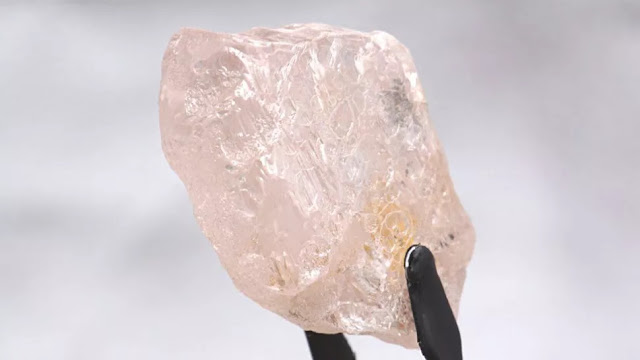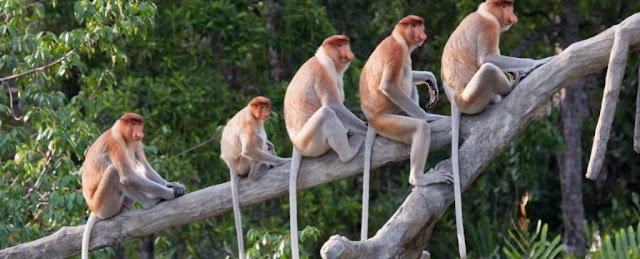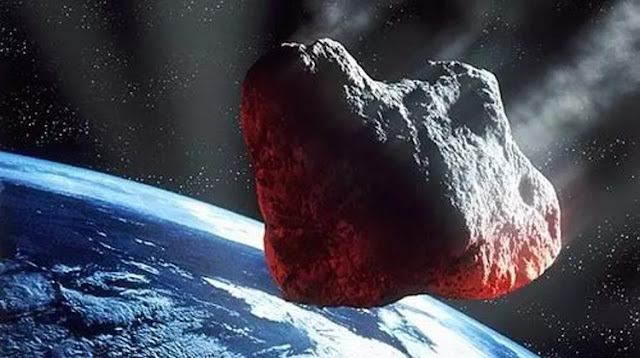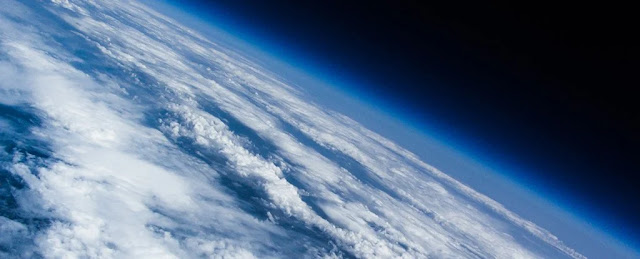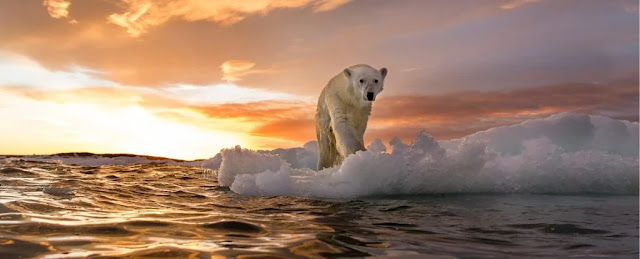Everything you need to know about UPF sun protection

The wearing of dark-colored, long-sleeved shirts in the midst of North Carolina's sweltering summers was strongly encouraged by my great-grandmother. She always responded the same way whenever I questioned her about why she was wearing that gardening attire on a 95-degree day: "What keeps out the cold will keep out the sun." Her ancestors' knowledge was accurate. People's skin issues, such as wrinkles, sunburns, irritated skin, and some types of cancer, are thought to be largely attributed to ultraviolet radiation, whose main source is the sun. In the past, people discovered techniques to shield themselves from the sun. Native Alaskans made snow goggles out of wood or bone to shield their eyes from UV rays that were reflected off the snow. Thanaka, a paste made from crushed tree bark, is still utilized in Myanmar. Today, sunscreens and UPF materials are the two main types of sun protection available to consumers. According to Travis W. Blalock, an associate profes...

